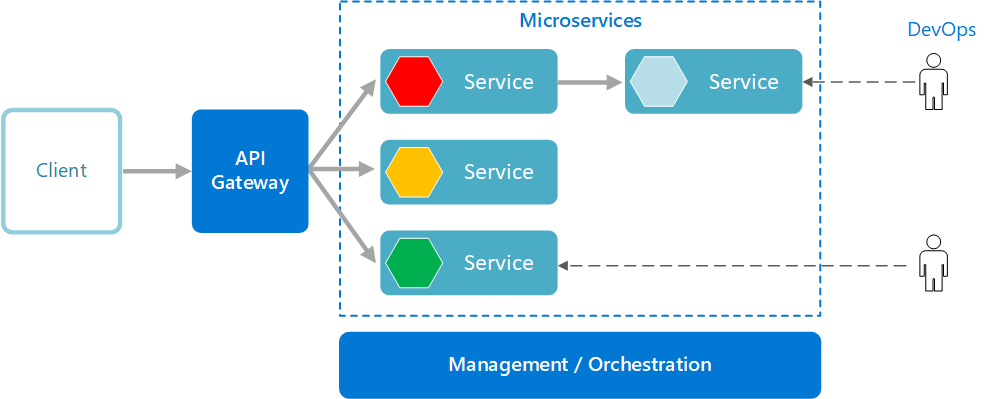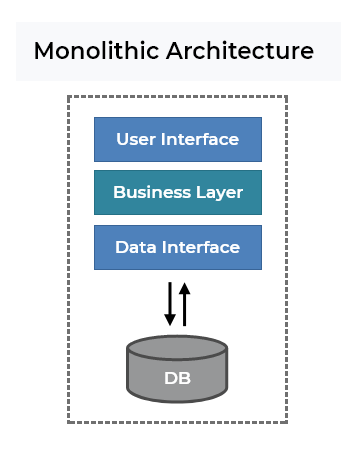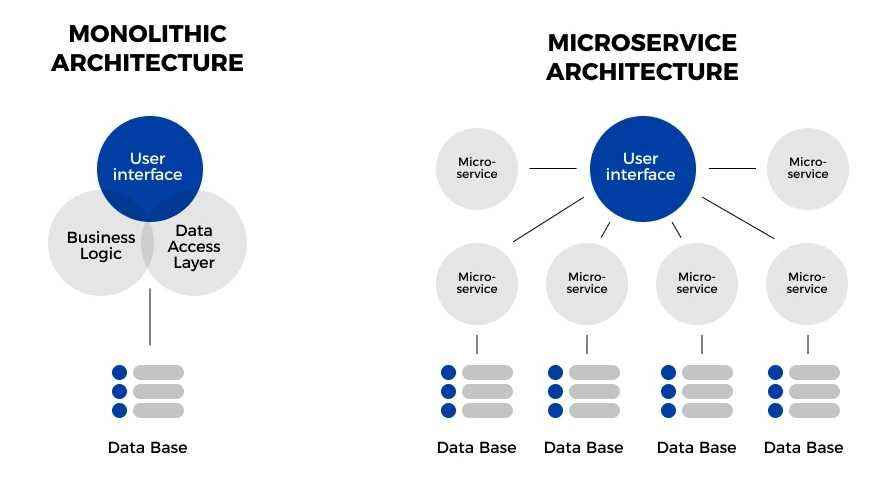In the world of software architecture, two predominant approaches emerge: microservices and monolithic. These architectures represent fundamentally different ways of designing and developing software systems. Let’s delve into the concepts of microservices and monolithic architecture, and then explore the key differences between them.
Microservices Architecture:

Definition: Microservices is an architectural style where an application is composed of small, independent, and loosely coupled services that communicate with each other through APIs (Application Programming Interfaces).
Key Characteristics of Microservices:
- Decomposition: Applications are broken down into smaller, self-contained services, each responsible for a specific functionality or business capability.
- Independence: Each microservice is developed, deployed, and maintained independently. This allows teams to choose different technologies and programming languages for each service.
- Scalability: Microservices can be scaled independently, allowing for efficient resource utilization.
- Flexibility: Changes to one service don’t necessarily impact others, making it easier to update and maintain the system.
- Resilience: Failures in one microservice should not bring down the entire system. Services can be designed to handle failures gracefully.
Monolithic Architecture:

Definition: In monolithic architecture, an application is built as a single, tightly integrated unit. All functionality and components are bundled together.
Key Characteristics of Monolithic Architecture:
- Single Codebase: In a monolithic application, all code resides in a single codebase, often in one or a few large code files.
- Tight Coupling: Components and modules in a monolith are closely interconnected, making it challenging to change one part without affecting others.
- Development and Deployment: Monolithic applications are developed, tested, and deployed as a whole. Changes require re-deployment of the entire application.
- Scalability: Scaling a monolithic application often involves duplicating the entire system, which can be inefficient.
- Maintenance: As monolithic applications grow, maintaining and updating them can become complex and error-prone.
Key Differences between Microservices and Monolithic Architecture:
- Size and Granularity:
- Microservices: Comprise small, focused services.
- Monolithic: One large, tightly integrated codebase.
- Independence and Flexibility:
- Microservices: Services are independently developed, deployed, and maintained.
- Monolithic: All components are tightly coupled.
- Technology Stack:
- Microservices: Each service can use its own technology stack.
- Monolithic: Common technology stack shared by all components.
- Scalability:
- Microservices: Scalability is granular; you can scale individual services.
- Monolithic: Scalability typically involves replicating the entire application.
- Fault Isolation:
- Microservices: Failures in one service don’t necessarily affect others.
- Monolithic: A failure can potentially impact the entire application.
- Deployment and Maintenance:
- Microservices: Easier to deploy and maintain due to smaller codebases.
- Monolithic: More challenging to deploy and maintain as the codebase grows.
Choosing Between Microservices and Monolithic:
The choice between microservices and monolithic architecture depends on factors like the project’s size, complexity, team structure, and scalability requirements. Microservices offer flexibility and resilience but come with added complexity in terms of orchestration and communication between services. Monolithic architectures are simpler to develop and deploy but can become unwieldy as the application grows.
Conclusion:
Microservices and monolithic architectures represent distinct approaches to software design and development. Selecting the right architecture depends on the specific needs and goals of your project. Understanding the trade-offs and differences between them is crucial for making an informed decision.


Leave a comment